Government urged to produce latest statistics on education
Experts regret failure to publish fresh figures in order to improve sector
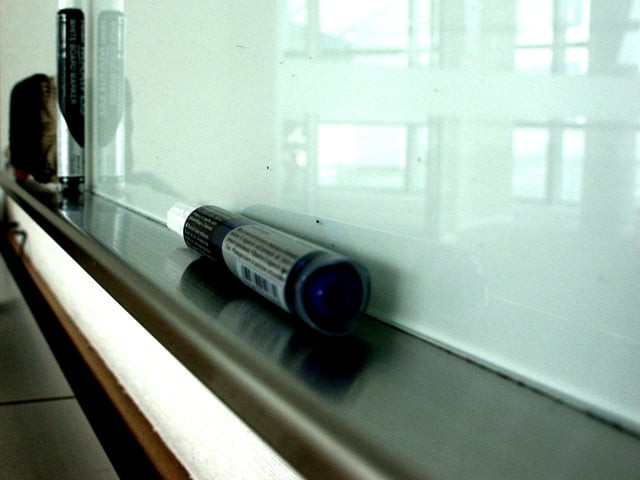
The Government of Sindh should come up with a concrete action plan to address the worsening state of education in Sindh, demanded participants at the launch of The Political Economy of Education in Sindh in 2021 annual report.
The document had been produced by the Hari Welfare Association (HWA).
HWA President Akram Khaskheli said that the Sindh Ministry of Education's charge was transferred from Saeed Ghani to Sardar Shah in August 2021. "Both ministers had the same policies for children's education. Both did not take any concrete measures to rescue the dying education sector," he said.
Khaskheli regretted that the Sindh Education Profile, produced by the Sindh Education Management and Information System (SEMIS) and the Government of Sindh, has not been reproduced after its last version in 2016-2017.
Similarly, he said that after 2017-2018, the Pakistan Education Statistics report had not been published by the National Education Management Information System (NEMIS) which is run by the Federal Ministry of Education and Professional Training (FMEPT).
"The federal and provincial governments have stopped publishing data and statistics on enrolment, teachers, and institutions in the province," the HWA president claimed. "Both reports contained statistical data to better understand the economics and politics of education in Sindh." He said the absence of these reports clearly revealed the "ill intentions" of authorities.
Piler Director Karamat Ali, Indus Resource Centre Chairperson Saddiqa Salahuddin, National Commission on the Rights of the Child Member Iqbal Ahmed Detho, Peoples Labour Bureau Sindh President Habibuddin Junaidi, Zulfiqar Shah of PILER, Human Rights Commission of Pakistan Vice Chairperson Qazi Khizar Habib also spoke at the launch ceremony of the report.
They agreed that no provincial advisory had been formed yet under Article 25-A (Compulsory Education) of the Constitution. They pointed towards the Rs240 billion budget allocated for education in Sindh during 2021-22, saying there was a problem when it came to offull and proper utilisation.
The stakeholders stated that no committee had been formed on the school level to address corporal punishment. It was also pointed out that 70% of children in Sindh are suffering from malnutrition. They added that while statistics have indicated that the number of out-of-school children has decreased from 6.7 million to 6.2, nobody is aware of the outcome of the 0.5 million children.
The experts said that there are only 4,000 high schools out of the total number of schools. It was stated that most of these are away from villages or rural areas and that was the reason for the high dropout rate of female students. Technical and physical education centres are in the worst condition, it was noted.
HWA said that the SELD has fallen short of educational requirements. It added that the GoS did nothing to remove the untrained and ill-mannered teachers. The association's representatives noted that the provincial authorities had been hiring teachers on a contract basis since 2012 instead.
"The GoS had temporarily terminated corrupt employees and teachers, but they were soon reinstated. The SELD created a five-year Sindh Education Sector Plan (SESP) from 2019 to 2024. There were no apparent initiatives in 2021 to meet the aims and targets set out in the SELD's Early Childhood Care and Education Policy (ECCEP), which was introduced in 2017," the report noted.
Published in The Express Tribune, April 14th, 2022.


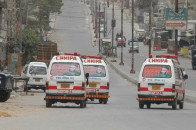
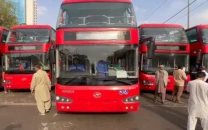
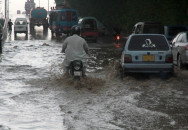

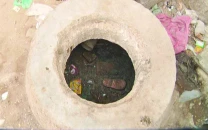





1726134115-0/BeFunk_-(41)1726134115-0-208x130.webp)






COMMENTS
Comments are moderated and generally will be posted if they are on-topic and not abusive.
For more information, please see our Comments FAQ